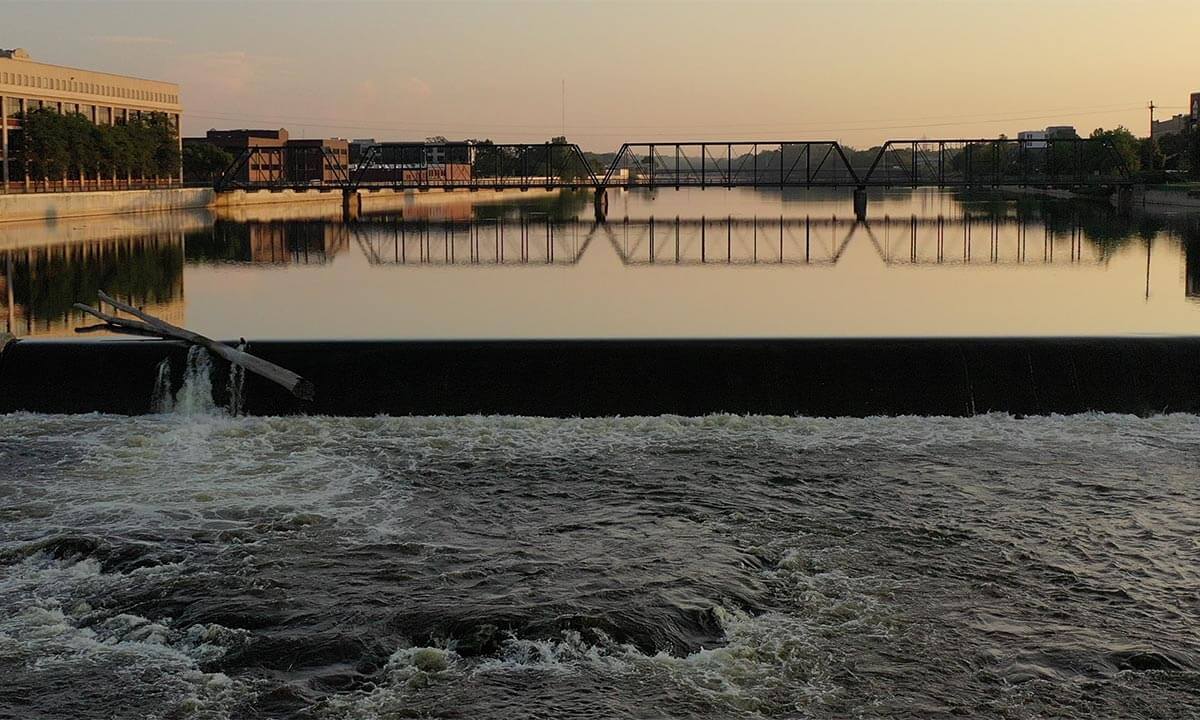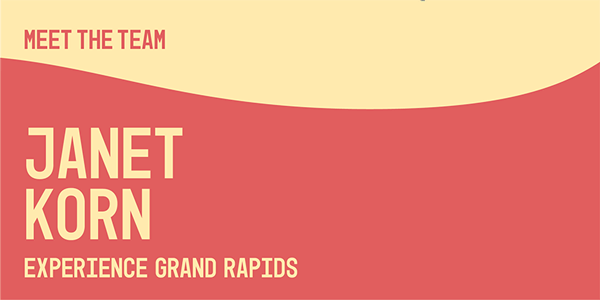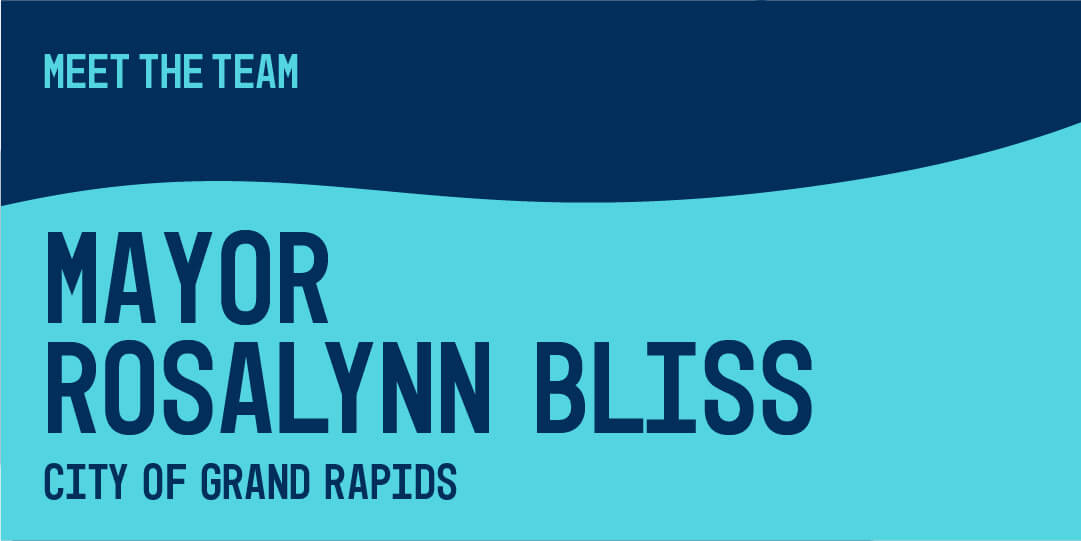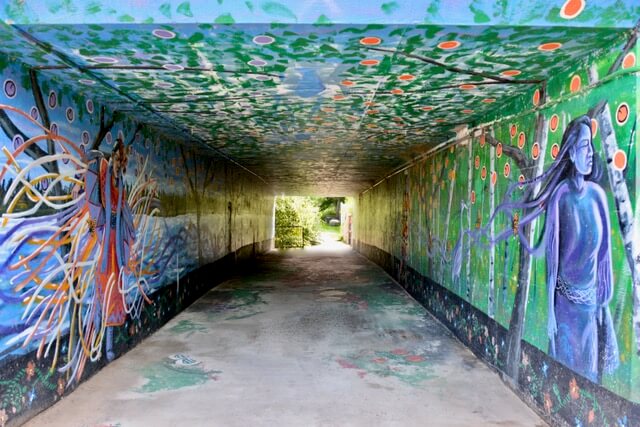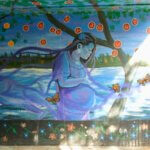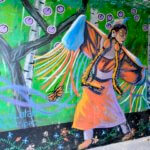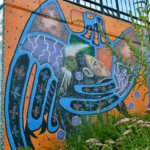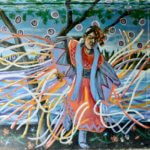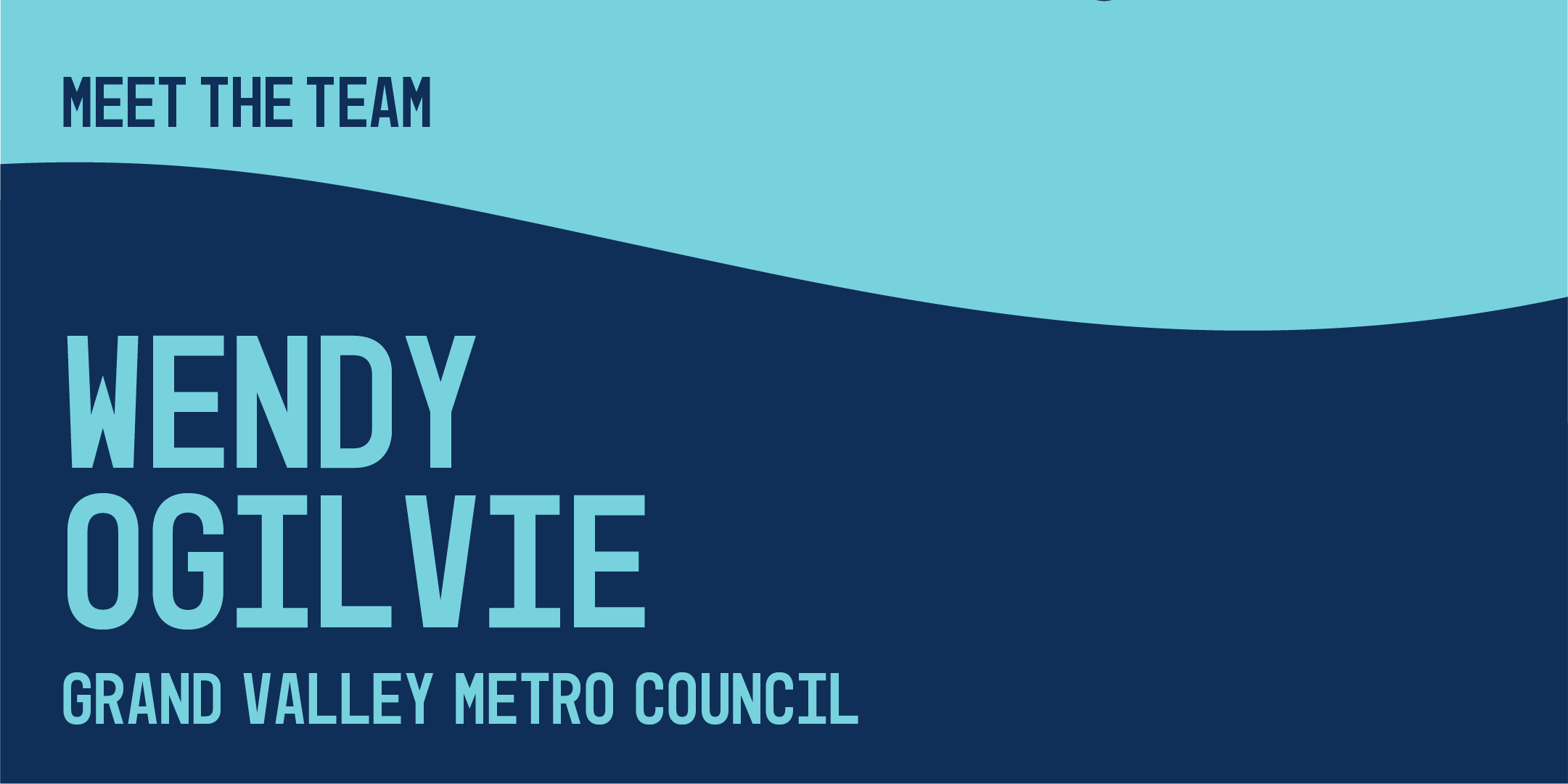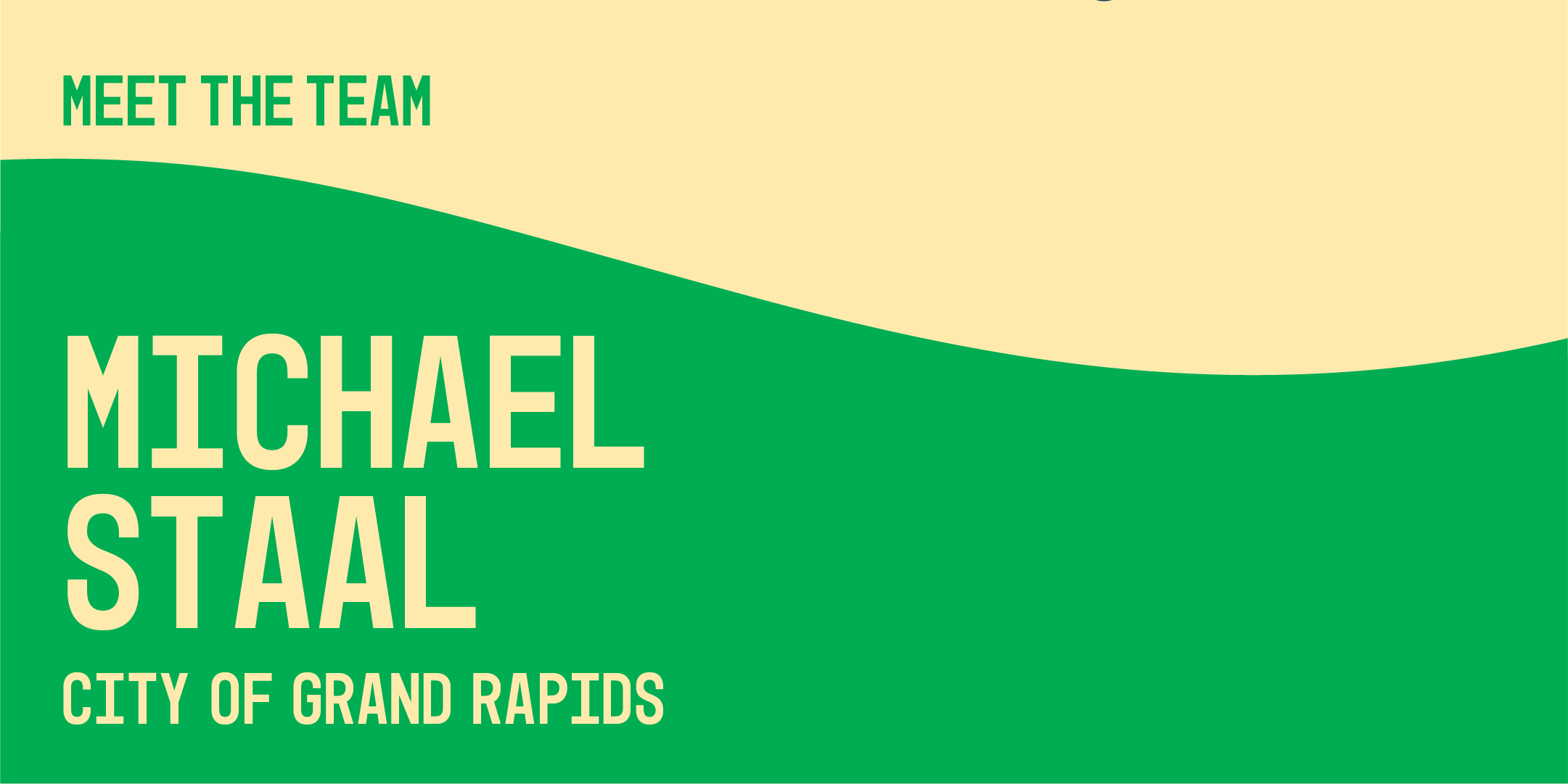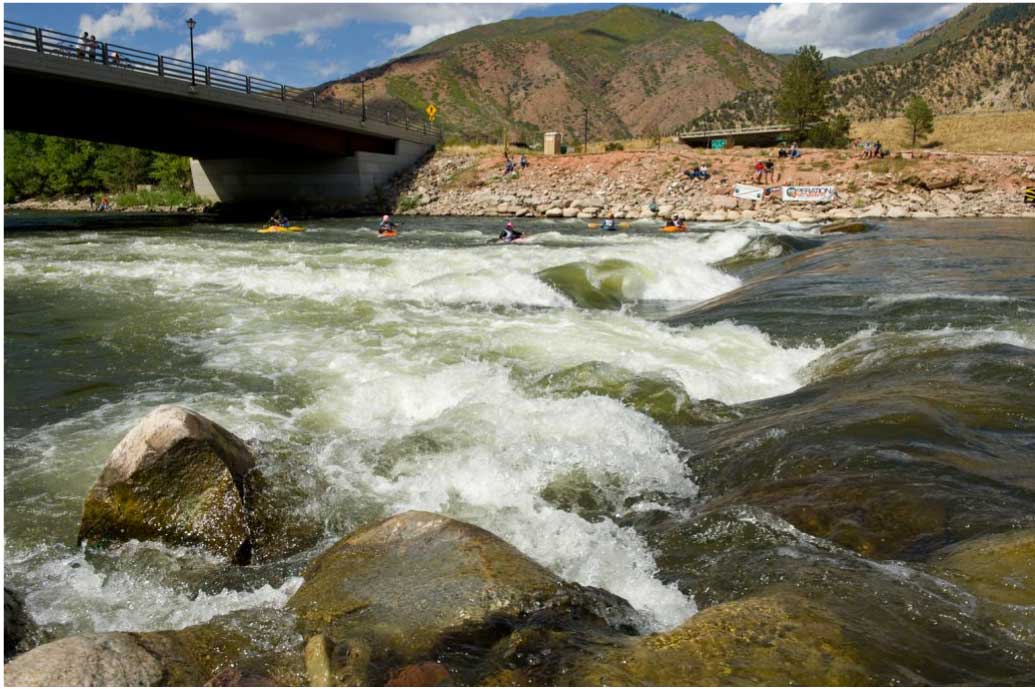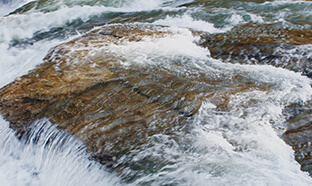I wasn’t born in Grand Rapids. In fact, until about 9 months ago, I had never set foot in West Michigan. I mean, I graduated high school in Illinois, so the Midwest wasn’t totally foreign to me, but it was certainly a big change from the home my wife and I had built over the last decade in Austin, Texas.
And yet, because there are so many similarities between the two places, it isn’t a total shock to the system. Both communities share a creative energy and optimism focusing on the future while being grounded in local tradition. Both communities are friendly, social, and welcoming despite being the anchor cities for a much larger metro area. And, Austinites and Grand Rapidians love being outside even when the temperatures reach extremes – albeit on totally different ends of the thermometer.
Both places have found ways to connect their urban environment to the natural world through hiking and biking trails and world class parks systems, but there is one place where the two diverge – their rivers. Both Cities have a river as a defining attribute of their urban core, but at the moment they’re seen in entirely different ways.
In Grand Rapids, you can walk along the river downtown in a few short segments – and you might occasionally see someone with a fishing pole casting a line in the water – but ultimately the waterway feels mostly like something to “look at” and navigate around. Most older buildings downtown face away from the river, and I got a distinct impression that over the years the river had been seen as something to be controlled instead of enjoyed.
To be clear, what exists in Austin today is better defined as a lake. The Colorado river running through downtown was dammed off in the 1960s to create a cooling reservoir for a power plant needed to generate energy for the growing city. And for the first decade after the dam was constructed, the river was simply an obstacle to those travelling north and south. Then, in the 1970s, the community and the city came together and decided it was time to invest in transforming what was being treated as an industrial resource into a true, natural community asset.
These days, Lady Bird Lake, as it’s known, is a key attraction for locals and visitors alike. It has a 10-mile hike and bike trail loop that is used for recreation and as a way to connect neighborhoods upstream and downstream to the city’s core. Kayaks, paddle boards, rowboats, and river cruises can be seen nearly every day as people take advantage of the numerous boat launches and park put-ins. It has even spawned restoration and revitalization along key tributaries. Barton Creek – already world famous for its natural springs – is a key connection to the river, and the newly completed Waterloo Greenway was a project that integrated stormwater control, 35 acres of greenspace (with an amphitheater), waterway restoration, and 1.5 miles of trail that connects the center of the urban core to the river.
None of what I experienced in Austin was an accident. It took effort and imagination. It was all part of a coordinated effort between private and public partnerships – guided by a community of engaged residents – focused on creating something that would benefit everyone, and accessible by all, regardless of who they are or where they live in the city.
So, I was excited shortly after moving to Grand Rapids to learn about the “River For All” initiative currently underway. This monumental undertaking is the coordinated effort between the City of Grand Rapids, Grand Rapids WhiteWater, the Great Lakes Fishery Commission, and Downtown Grand Rapids, Inc., among others. It is this coming together of dynamically different organizations that has the power to re-engage Grand Rapidians in their essential and foundational waterway, providing equitable access to a natural resource shuttered long ago by damming and logging.
Together, the River for All participants have a vision of a vibrant city that appreciates its main waterway once again. The GRWW’s Grand River Restoration Project seeks to return the river’s calm waters to their former zeal, a vital initiative that will serve as a catalyst for riverfront projects that increase access and attract residents and visitors to the water for decades to come.
I’d encourage everyone to explore the project – and the various pieces – to learn how you can be involved. This is generational work and it needs the voices of the people to make it a reality. I like to think of “River For All” as the aspiration, but it will take the community’s imagination to make it a reality.
It can be hard to envision the future when it’s so far away but, trust me, reclaiming the river from its former managed state and returning it to the community as an asset which can be enjoyed by everyone is totally worth it. I’ve seen it, I’ve lived it, and there are few things better than floating down the river past the skyline on a hot day, smiling and waving at unknown neighbors, as families picnic on the banks, joggers trot along the trails, and people – from all walks of life – enjoy the heart of the City as a community.
About the Author: David Green

A career government communicator with more than 25 years of experience, David is the Director of Communications for the City of Grand Rapids. A retired soldier, David joined the City of Grand Rapids in 2020 following his stint as the City of Austin’s Media Relations Manager.
He possesses a high cultural and generational IQ, which allowed him to develop and lead diverse communications teams through challenging situations in more than eight countries across three continents. Riots, bombings, mass casualties, and natural disasters; David is no stranger to crisis and has been lauded by leaders at the highest levels of government for his steady hand and calm under pressure.
He is perpetually curious and has a passion for digging into complex topics with a knack for making them easily understood. From tech to defense and economics to politics, he gets a kick out of helping people navigate the world in which we all live. He specializes in hacking bureaucracies and closing the distance between people and government.
He holds a B.A. in communications from Thomas Edison State University and a M.A. in Human Dimensions of Organizations from the University of Texas. He lives in Grand Rapids with his wife of 20 years, Karyn, and their two dogs. He spends his free time reading, watching Youtube videos about ancient human civilizations, and chasing his goal of finding every remix of Blue Monday by New Order.

